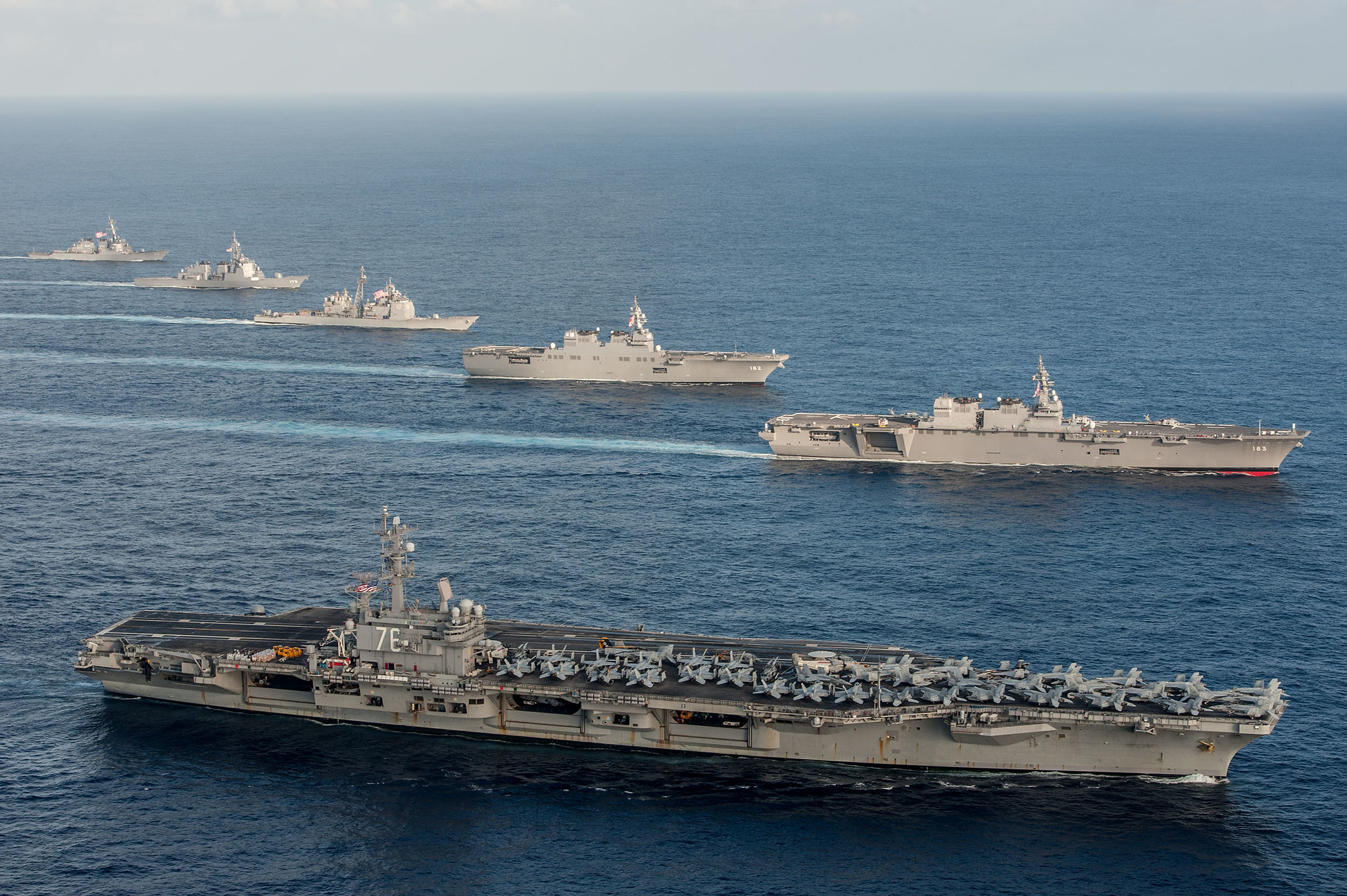

In many cases, the expected operations of the ship need to be investigated first. For innovative or complex technical ships, this is not instantly clear. Synopsis Before designing a ship, the requirements for the ship are required. He participated in the Des4Ops project as advisor and user of the model. His focus is on developing and designing innovative offshore floaters in the oil & gas and offshore wind industry. Willem-Jan van Driel is Naval Architect at Huisman Equipment. The experience gained from this research contributed to the Des4Ops project.

For his master thesis research at Delft University of Technology he made a model that simulates naval fleet behavior for the purpose of optimizing fleet design. Here he designs naval ships for both the Royal Netherlands Navy as well as for the export market. Sander Knegt is a Naval Architect at Damen Schelde Naval Shipbuilding in Vlissingen, The Netherlands. His previous experience includes three years serving as a naval officer and over twenty years working for the Royal Netherland Navy. He is also chairman of the NATO specialist team on total ship systems engineering (ST-TSSE). He is responsible for analysing through modelling and simulation the life cycle effectiveness and cost of new warship concept designs. Richard Logtmeijer holds the current position of Senior Staff Member Life Cycle Modelling at the Defence Materiel Organisation (DMO) of the NL Ministry of Defence. As a team leader, he currently is responsible for conducting concept studies for future warships for the Royal Netherlands Navy. Bart co-chaired the NATO Research Task Group AVT-RTG-238, and was involved in the Maritime Countermeasures Project at the European Defence Agency. He works for the Maritime Systems Division of the Netherlands Defence Materiel Organisation since 2009. in Ship Hydrodynamics (2005) from Delft University of Technology. Bart van Oers has a PhD in Ship Design (2011) and a MSc. Within the Des4Ops project, his primary task was the development of the Des4Ops model. Currently he is a Data Analyst at Portbase where he is optimizing the logistic chains in the Netherlands in order to make the Dutch ports as attractive as possible. Tijmen Veldstra is a former researcher at Delft University of Technology in Delft, The Netherlands. He played a leading role in the Design 4 Operations (Des4Ops) project that lead to this publication.

His research is currently focussed on shipping and shipyard management with a special focus on dealing with sustainability and the uncertainty the energy transition creates. The paper serves as an introduction to this issue's following papers that will use emerging system of systems engineering (SoSE) principles and methods to provide a more holistic frame of reference for understanding CSG C4ISR as a SoS. It will include a summary of components in the CSG SoS, the SoS's mission, a description of the component systems, how the SoS is organised, and how the metasystem is purposefully directed by its command, control, communications, computers, intelligence, surveillance, and reconnaissance (C4ISR) subsystems. This paper will introduce the reader to the US Navy CSG. Command, control, communications, computers, intelligence, surveillance, and reconnaissance (C4ISR) subsystems in a carrier strike group (CSG) are a SoS supporting the larger CSG. The CSG is a metasystem composed of a number of separate subsystems (vessels, air wing, and staffs), and it fits the classic definition of a SoS proposed by Maier (1999). The CSG is a system of systems (SoS) representing both an organisation of people and a collection of ships, aircraft, and support equipment designed to support US global interests. A US Navy carrier strike group (CSG) is an important element of US policy projection through military assets.


 0 kommentar(er)
0 kommentar(er)
